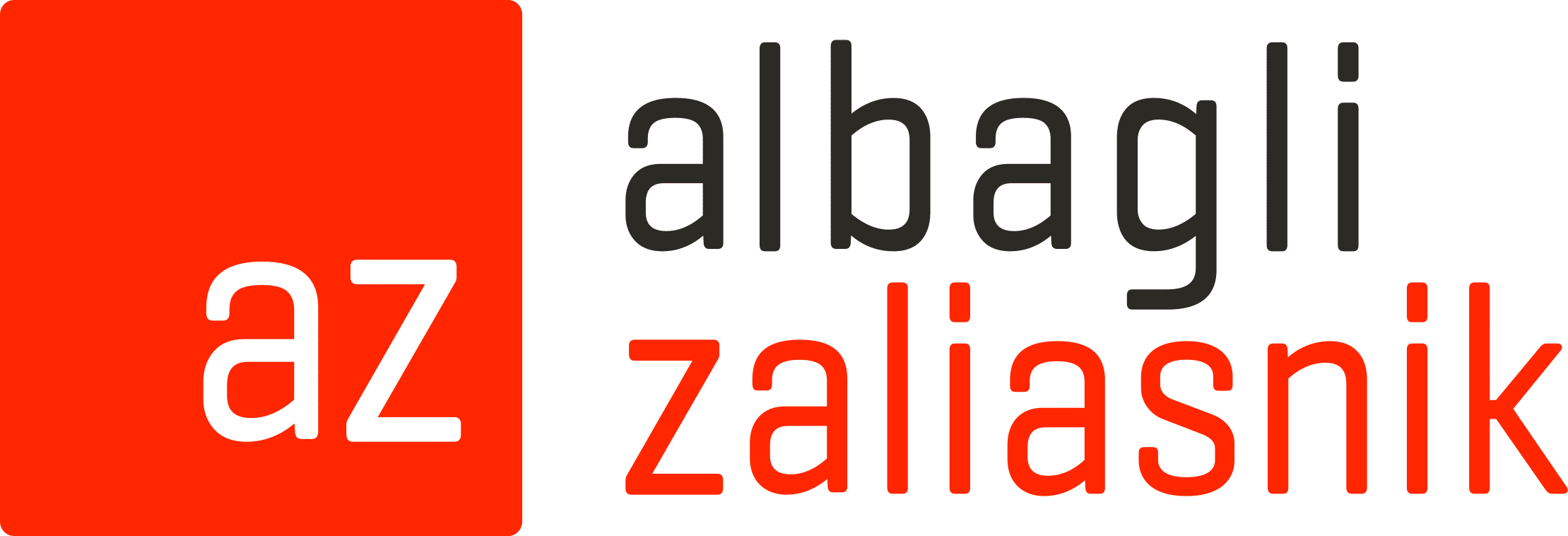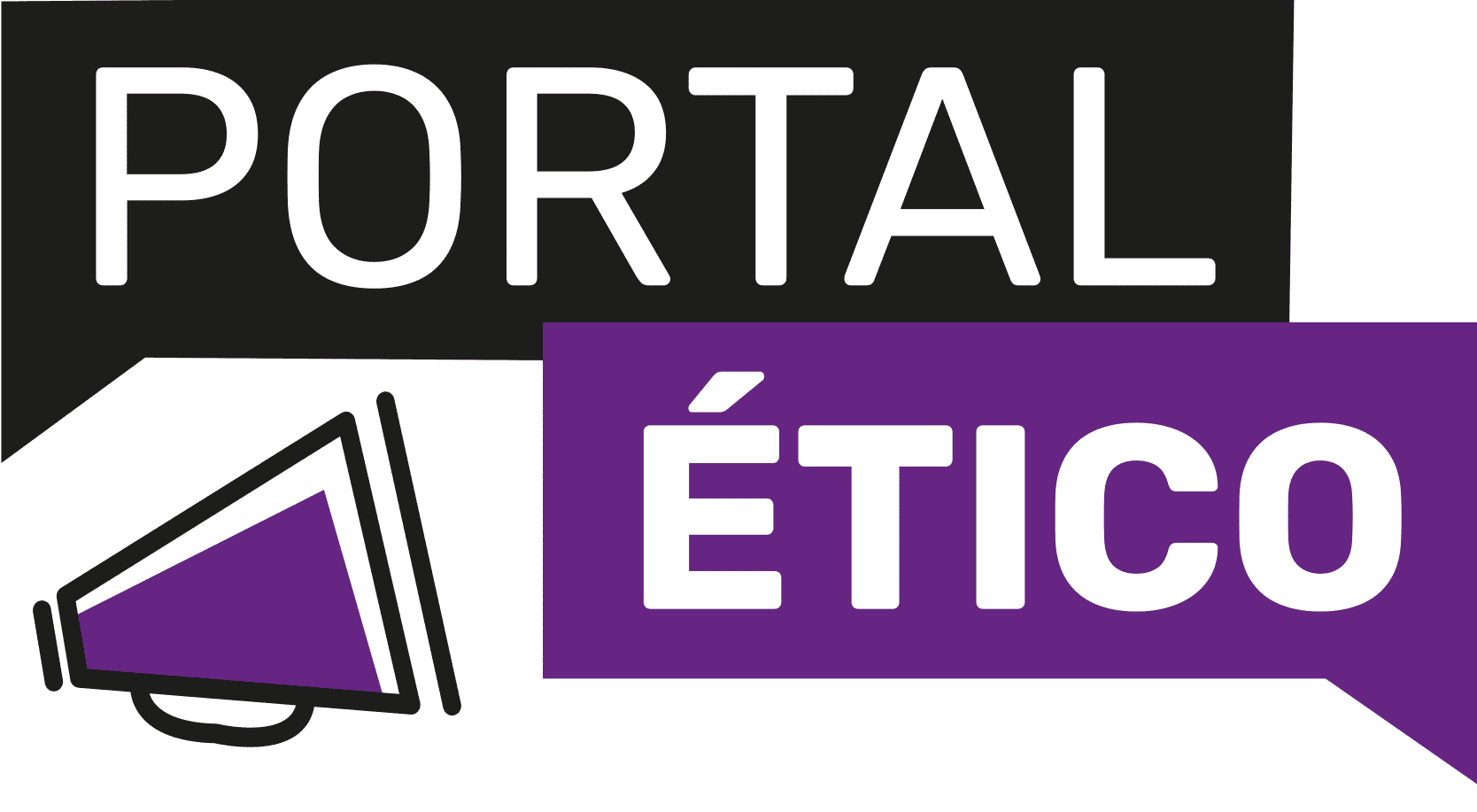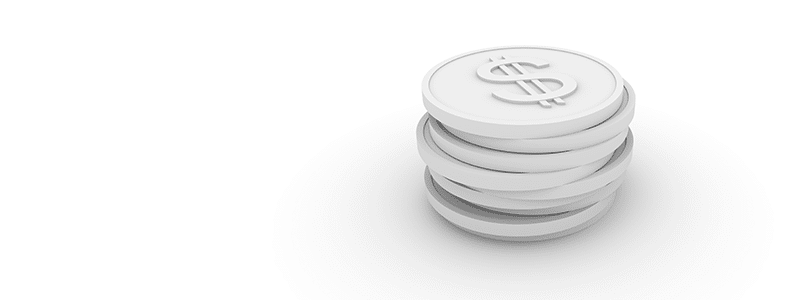Establishing formal whistleblower channels and procedures for internal investigation of complaints is standard practice in most industries.
A whistleblowing channel is a tool that allows employees and others to confidentially alert an organization about suspected misconduct.
Its proper implementation is key for companies wishing to promote a corporate culture of integrity and have safe workplaces.
In this context, az’s Compliance team prepared a list of five frequently asked questions about its use and effectiveness in companies.
1) How to report a suspicious situation to the company?
The first thing it is important to say is that internal whistleblowing in a company can be received, as a general rule, through any suitable means, ensuring that the rights of workers are guaranteed. Some of these guarantees could be, for example, the possibility that the person making the complaint remains anonymous or that the person making a complaint will not suffer reprisals from his or her management or the rest of the workers.
Although this has been recognized by the Chilean labor courts, this does not prevent companies from adopting their own internal mechanisms to adequately and effectively channel the internal complaints received.
2) What channels exist and how are they currently being used?
One of the most difficult things when determining which whistleblowing channel to implement has to do with the lack of information available to adequately analyze the most efficient and effective channels and which ones may be a danger for the organization.
In this regard, a study by the Universidad del Desarrollo (2018) conducted to 43 of the largest companies in Chile, revealed that 98% of these companies have formal internal methods and procedures for reporting incidents of non-compliance. Some 36% indicate having an email; 21% with a web form; 17% with a telephone channel; and 25% with another channel (for example, physical mailboxes arranged in the company’s offices or direct communication to management.
On the other hand, a study developed by Fundación Generación Empresarial (2021) indicated that the main whistleblowing channels for raising ethical issues are emails, followed by personal communication and telephone contacts. To a lesser extent, externally managed internal whistleblowing channels are used.
3) How effective are corporate whistleblower channels?
Regarding the effectiveness of whistleblowing channels, the same UDD study reports that, as of 2018, 33% of the companies have sanctioned an employee in the last two years for breaches of the compliance program, which were known through internal complaints, while 67% state that they have not had incidents that resulted in a sanction or reprimand.
Although we are not aware of new studies on the subject in Chile, a study developed in the United States (2020) shows some interesting aspects to consider. This study -the first of its kind- evaluated nearly 2 million complaints received between 2010 and 2017 by one of the largest external complaint channels in the world, NAVEX Global:
- Companies that promote a culture of compliance receive more complaints than companies that are not concerned about these issues.
- Receiving more internal complaints does not necessarily mean higher costs or problems for the company.
- Companies that receive more internal complaints, at the end of one year, reduce their litigation by 3.8% and the amount of settlements reached by 9.1%. At the end of the third year, litigation costs decrease by 6.7% and settlement costs by 21.1%.
4) What is the best channel for complaints?
The traditional channels, and those that have the lowest implementation cost, of course, are the face-to-face channels, either personally to the management or through a mailbox physically located in the company’s facilities. However, some of the problems with this type of mechanism are as follows:
I. They do not allow anonymity.
II. They require workers to attend the offices in person to make the complaint.
Another useful channel is a telephone line, but the problem with this is that it does not operate 24 hours a day and requires, necessarily, that a person be available to answer the complaint. In addition, the recording of the report is not very efficient, since these calls are not usually recorded.
A typical channel, which according to studies is the most used in Chile, is e-mail. Although it has some advantages, for example, it is inexpensive, provides some of the guarantees needed to encourage reporting and is quick to set up and use, this type of channel can be risky for several reasons:
- Data is exposed to cybersecurity breaches
- Employees may not trust an e-mail system.
- Email does not allow for efficient processing of incoming cases.
In this regard, a study by Integrity Line in Spain (2021) indicates that when companies have specialized channels for receiving complaints, workers are more adept at using them.
Therefore, a useful, effective, efficient and easy-to-manage whistleblowing channel could be the establishment of a web form provided by an external party that meets all the necessary standards: anonymity, cybersecurity, effectiveness of reception, efficiency in management and communication with the whistleblower, among others.
5) What are the characteristics of an effective whistleblower channel?
Implementing effective channels generates incentives for their use, allowing the company to better prevent its contingencies, adopt improvement measures to prevent certain situations from recurring and reduce its expenses in litigation and settlements.
In compliance matters, its use is even more important given that the results of an investigation could constitute evidence to be presented in court to prove the implementation of the Crime Prevention Model.
In this regard, some recommendations for the implementation of an effective whistleblower channel are as follows:
- Implement a single complaints channel through which all types of complaints can be channeled.
- Use user-friendly language.
- Its use should be intuitive for the whistleblower.
- It must safeguard the whistleblower’s guarantees (possibility of anonymity, confidentiality, security of information and contact mechanisms, etc.).
- Its access must be universal, i.e., for both employees and external third parties linked to the company.
- Complaints should always reach the same person, who is in charge of initiating the process established for processing them.
- It is recommended that it be handled by an expert third party to ensure certain guarantees (confidentiality, impartiality) and a successful process.
For more information on these topics, please contact our Compliance Group:
Francisca Franzani | Director Compliance Group | ffranzani@az.cl
Florencia Fuentealba | Compliance Group Associate | ffuentealba@az.cl
Jaime Viveros | Associate Compliance Group | jviveros@az.cl
az | albagli zaliasnik together with Ceptinel, leader in the RegTech sector, have developed an external complaints channel in order to deliver a technological and efficient solution for its customers.
We invite you to get to know Portal Ético and request your demo here.





